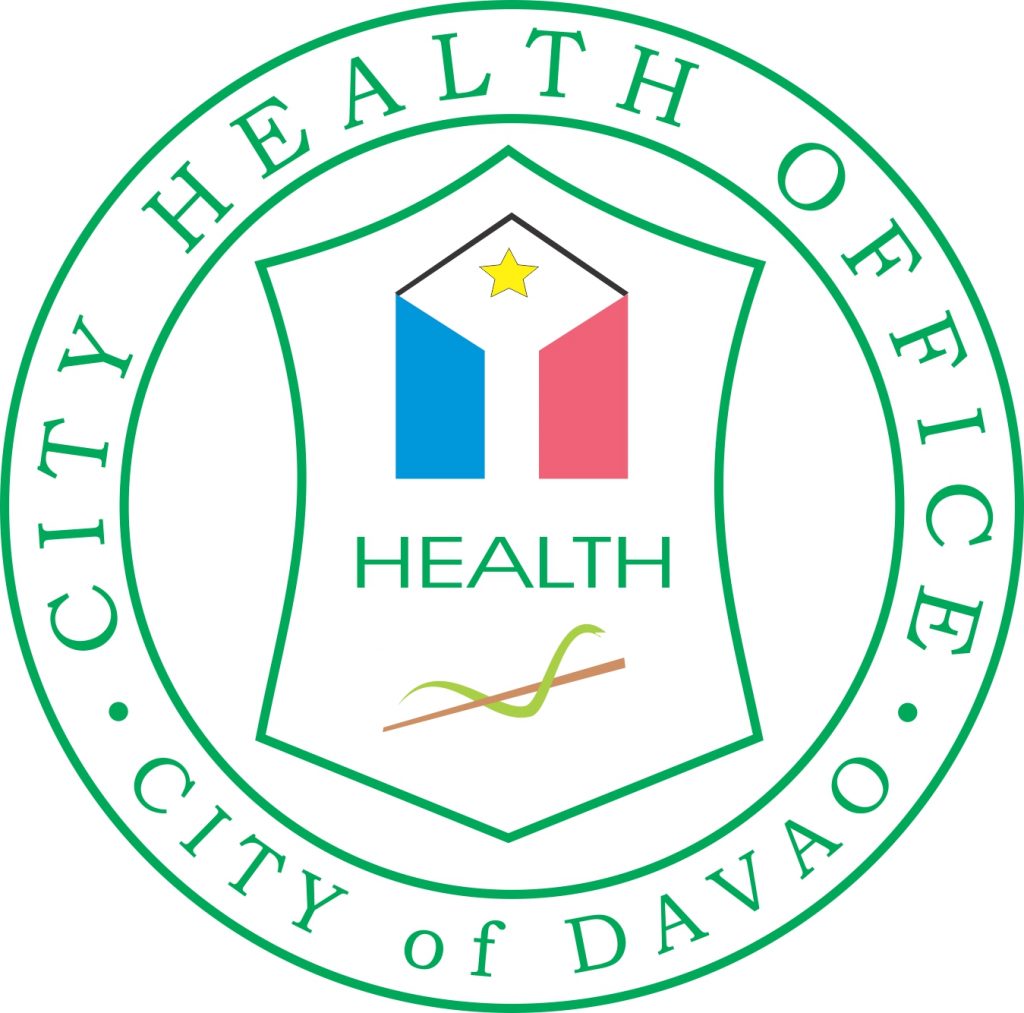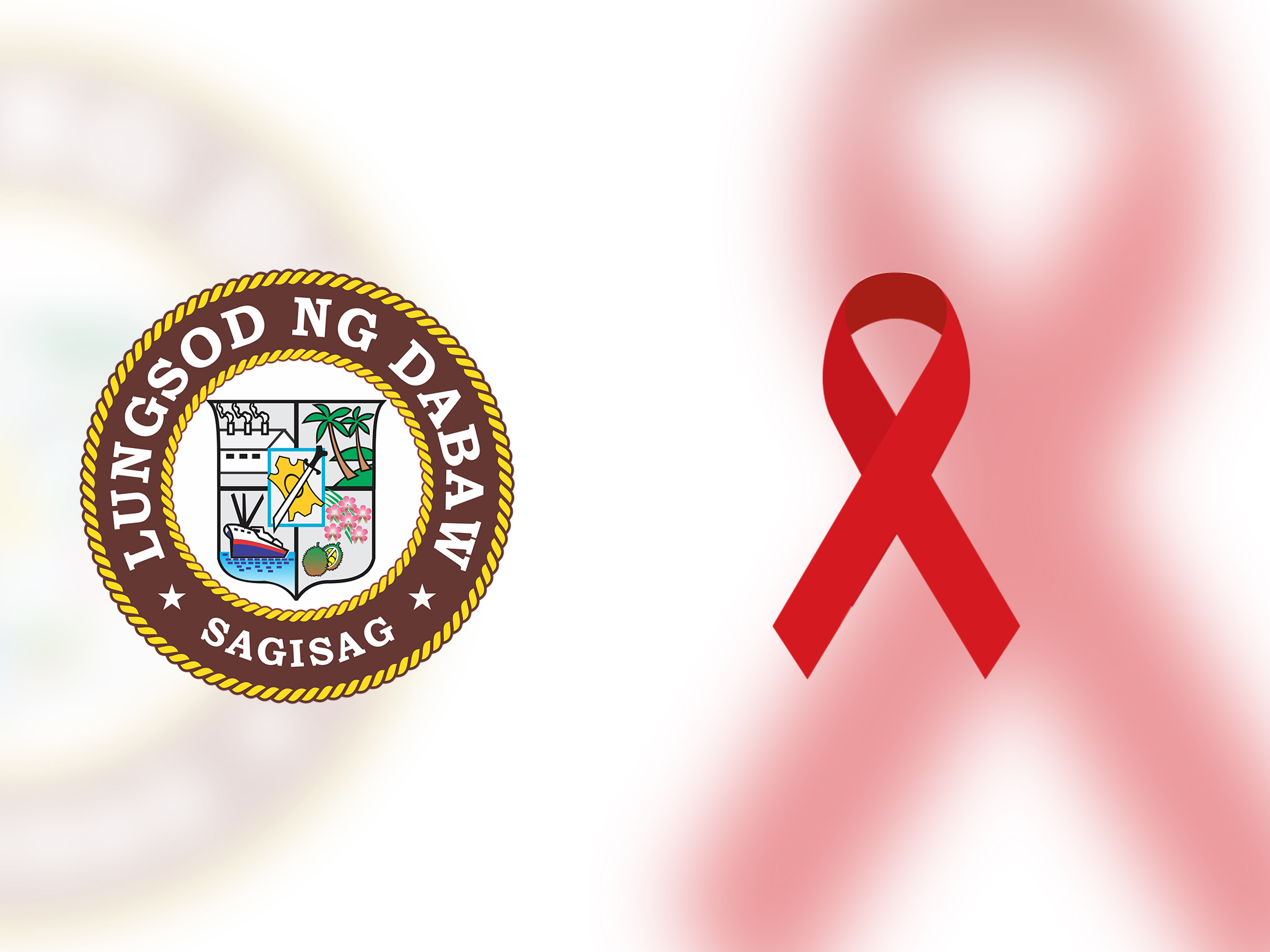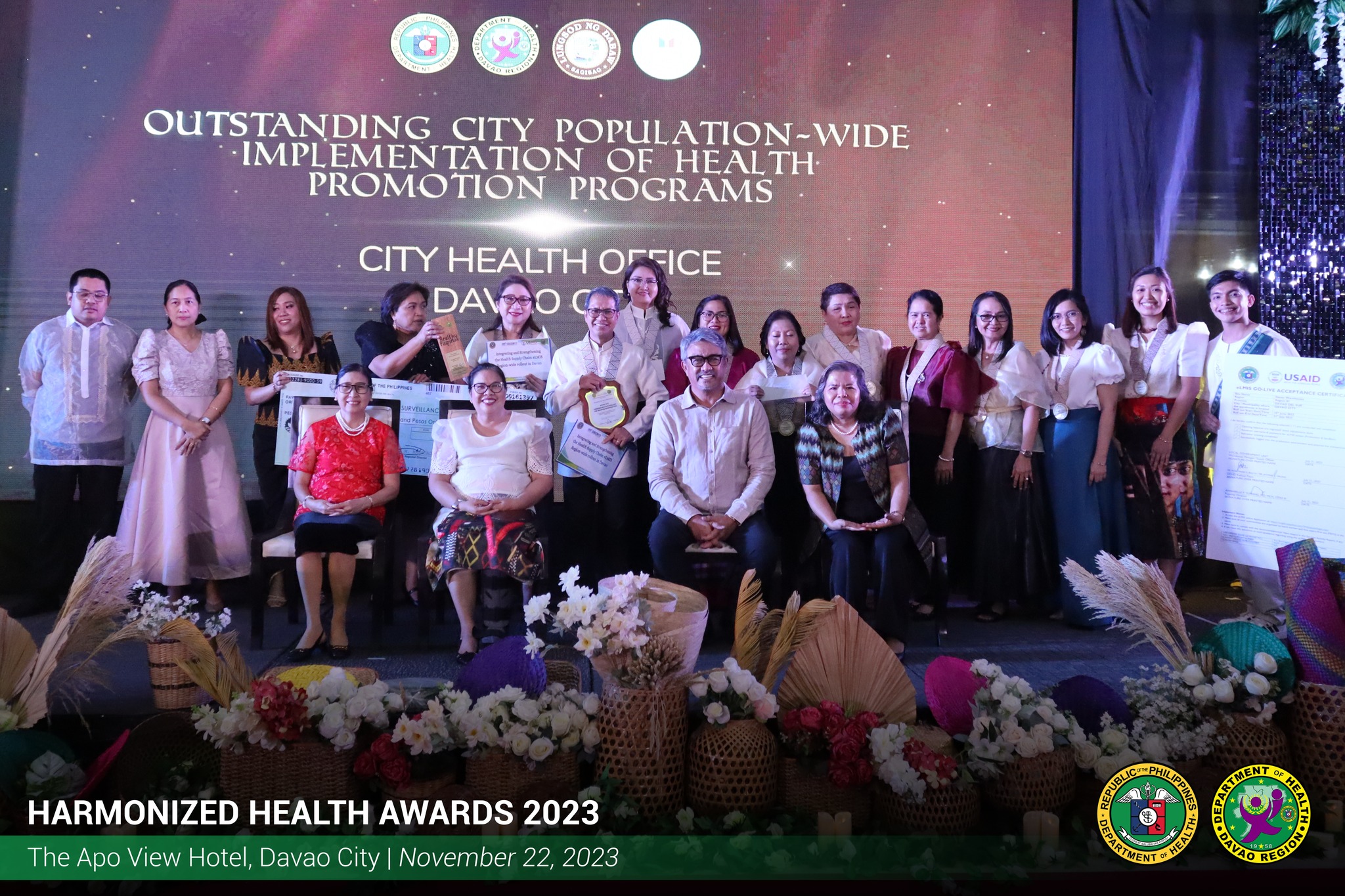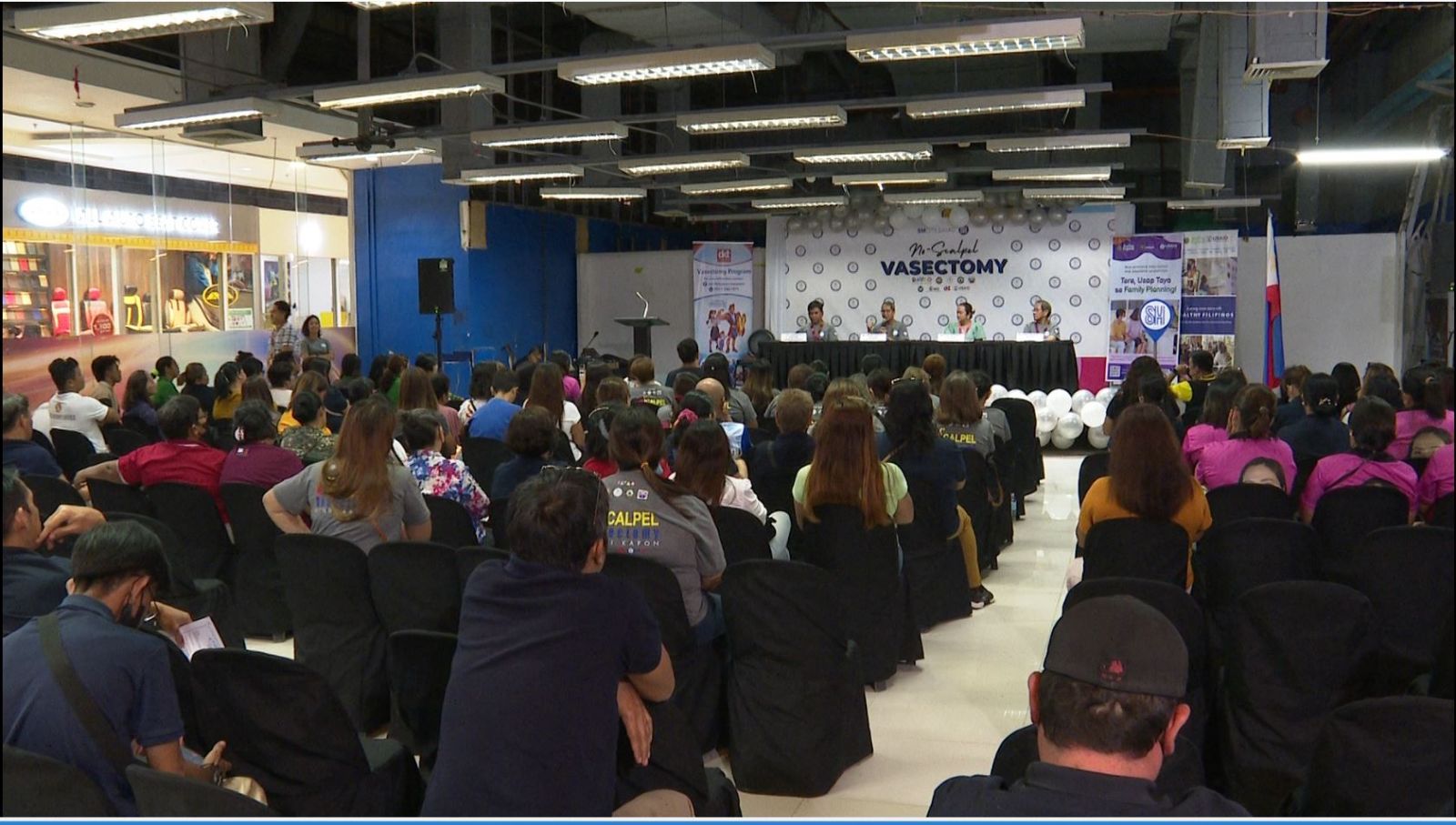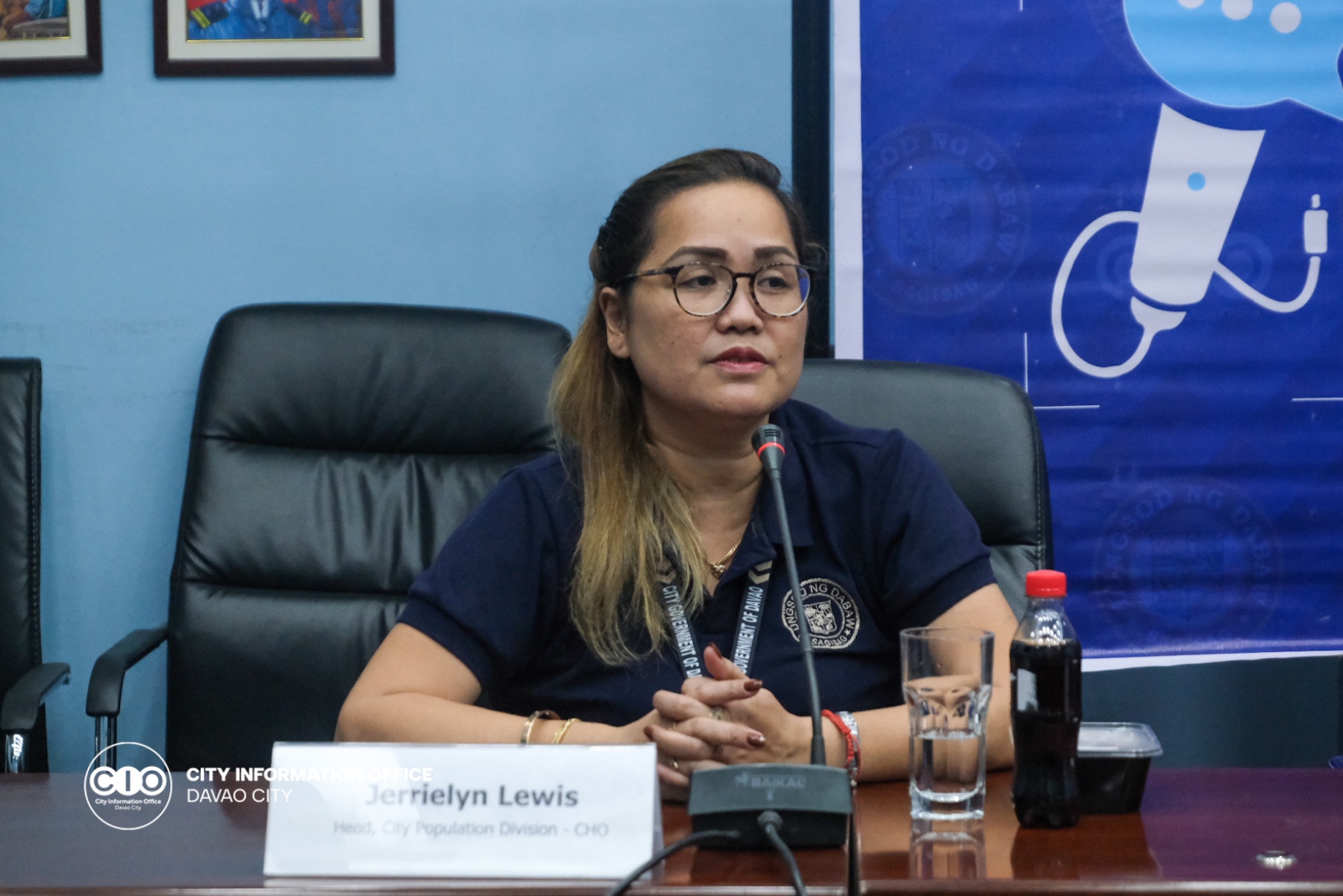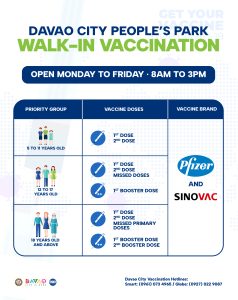The City Health Office (CHO) is continuing with its investigation of the diarrhea outbreak that hit the Toril district officially declared last Sunday, July 17, 2022.
Acting City Health Officer Dr. Ashley Lopez, in an interview on the Davao City Disaster Radio on Tuesday morning, said that they have been conducting rectal swabbing on patients who were admitted to hospitals and outpatients and are only waiting for the result of the laboratory tests from the specimen initially submitted to the Southern Philippines Medical Center (SPMC).
Lopez said that while DCWD has released the result of its water sampling analysis and declared the water in the area is safe for drinking, they would rather wait for the laboratory results of SPMC’s water analysis.
Initially, Lopez said that the source of infection could either be water-borne or food-borne.
“They [DCWD] released a partial result last night claiming that the water samples nga ilang na-test are within the accepted values of Coliform and E. Coli content. Ang Coliform and E. Coli are within the accepted value, which means that ang tubig gikan sa samples sa Toril are safe. Pero qualitative man gud to. Ang gibuhat sa CHO mao nga dugay ang resulta kay quantitative, which is more accurate. Ang disadvantage lang is that it will take two days before it could come up with a result (The DCWD released a partial result last night claiming that the water samples that they tested are within the accepted value of Coliform and E. Coli Content. The Coliform and E. Coli bacteria are within the accepted value, which means that the water samples coming from Toril are safe. But it is qualitative. What the CHO conducted, which is taking time, is quantitative that is more accurate. The only disadvantage is that it will take two days before it could come up with a final result),” Lopez said.
Lopez said that at the same time, the CHO is making a tally of the food ingested by the patients before they fell ill. A number already claimed that they have eaten street food such as tapioca and kwek-kwek before experiencing diarrhea. Rectal swabbing is also ongoing for both admitted and outpatient. The result of the swab will also take 3 days.
Lopes said that as of the morning of July 19, the number of cases further increased from 45 cases on Monday to 61 cases. The age range remained – six months old to 44 years old. Baracatan, Bago Aplaya, and Camansi add to the list of the barangays affected. Earlier, only Lubogan, Toril Poblacion, Daliao, Bato, Lizada, Mulig, Tungkalan, Binugao, Crossing Bayabas had reported cases. The CHO is still verifying reports from another barangay.
Lopez added that 24 cases are still admitted to private hospitals in Toril, 24 are outpatients and 13 are under verification.
He said that of the seven patients admitted to SPMC three had “severe dehydration”. Only three patients now remain at SPMC.
He said that working 24/7 since Saturday is the Toril District Health Office, which was turned into an Incident Command Center (ICC). It is located in front of Magsaysay Elementary School
“Wala gyud ta nag undang og monitor and conduct of surveillance sa atong mga cases. Ang management of cases was also done for the community up to the level of households (We did not stop the monitoring and surveillance of cases. The management of cases was also done for the community up to the level of households),” Lopez said, adding that the ICC also provides consultation, medicine supplements, and granules that help sterilize water. The ICC will be open for up to seven days.
Apart from the ICC, the Epidemiologic Surveillance Unit is coordinating with the District Health Office for investigation and monitoring. It also gathers data and reports for validation and accommodates rectal swabs. The rectal swab is being handled also in coordination with the Department of Health XI.
The Health Emergency Response Team is also coordinating with the City Disaster Risk Reduction and Management Office (CDRRMO) for the ICC and assisted in the management of cases. The CHO- Sanitation Division likewise conducted water samplings among all households affected by diarrhea.
Lopez said that once the quantitative testing/analysis is out they could probably come up with the outcome of the diagnosis.
“We encourage everyone to continue boiling water, pending the results and analysis coming from rectal swabbing and water samples. Ato lang gihapon ipadayon (We still need to continue doing) the precautionary measures,” he said, adding that sterilized water should be used for drinking, cooking, and washing food. CIO

